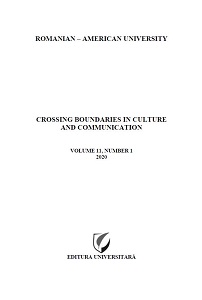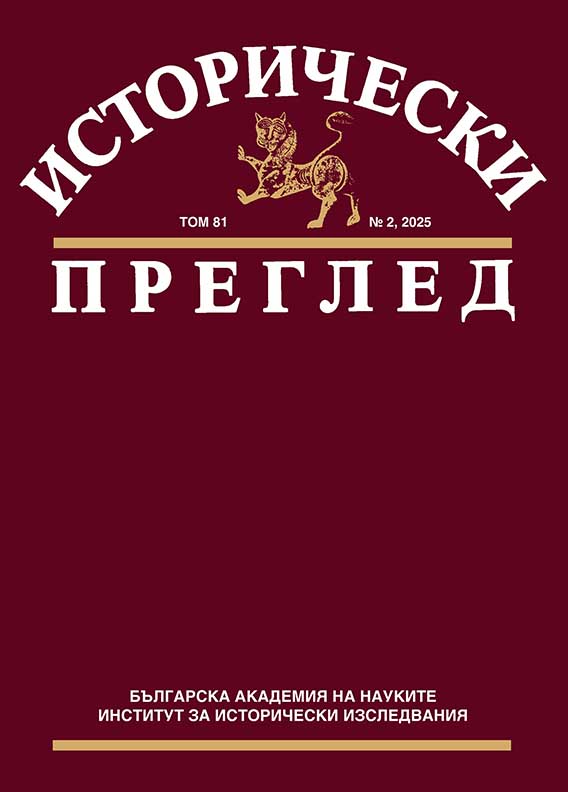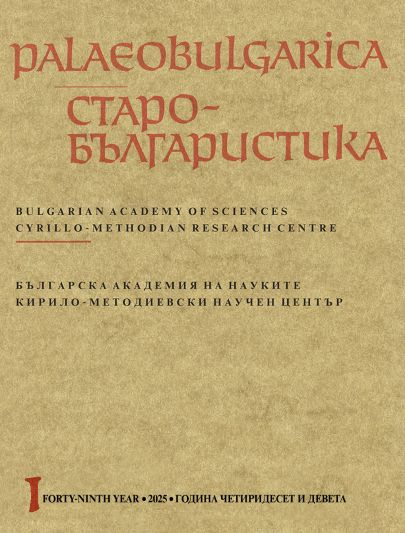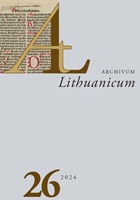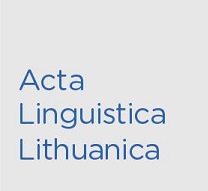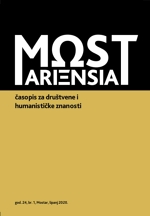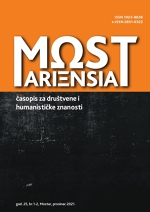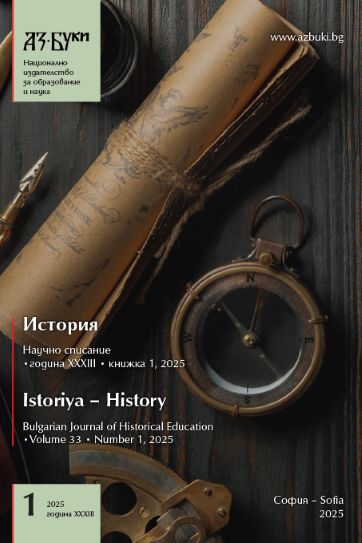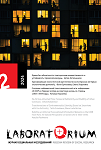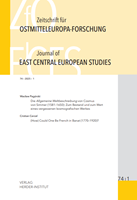LANDSCAPE OF SENSUAL BODY REFERENCES: THERMAL BATHS IN LESBOS ISLAND AND THEIR MULTI-HISTORICAL VALUE FROM HELLENIC ANTIQUITY TO OTTOMAN CULTURE
"Culture, especially under the multiethnic conditions of East Mediterranean, was produced through previous millennia as it still does, as a trans-cultural palimpsest association. Landscape apperception and landscape formative practices, in the previous mentioned territory, are thus needed to be considered under the above described, generalized concept of multiethnic cultural influences and the same could also be valid, in particular, for the successive architectural paradigms, as well as for the formation of cultural habits and social morality. Insisting on the last remark, we could however comment that analogous influences, as those related to the body culture and to body treatment, had in the past a much more extended span of transference, travelling through the ages from East Mediterranean to post Renaissance and neoteric Western Europe. It is in this context that we shall comment in general the Western orientalistic imagery of the Turkish baths. We shall present moreover, in detail, the landscape of Thermi in the Greek Lesbos Island; a natural thermal sources landscape, where successive installations of thermal baths facilities were erected, from the period of the Hellenic antiquity, though Hellenistic and Roman periods, till the early 20th century construction of the Turkish Sarligjé Palace Hotel and the end of the Ottoman control of Lesbos."
More...
